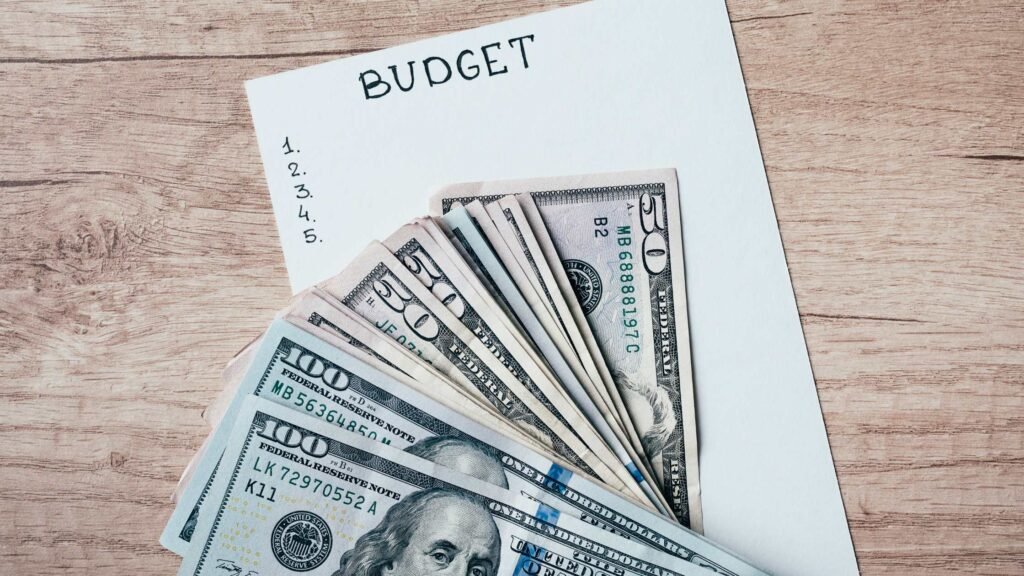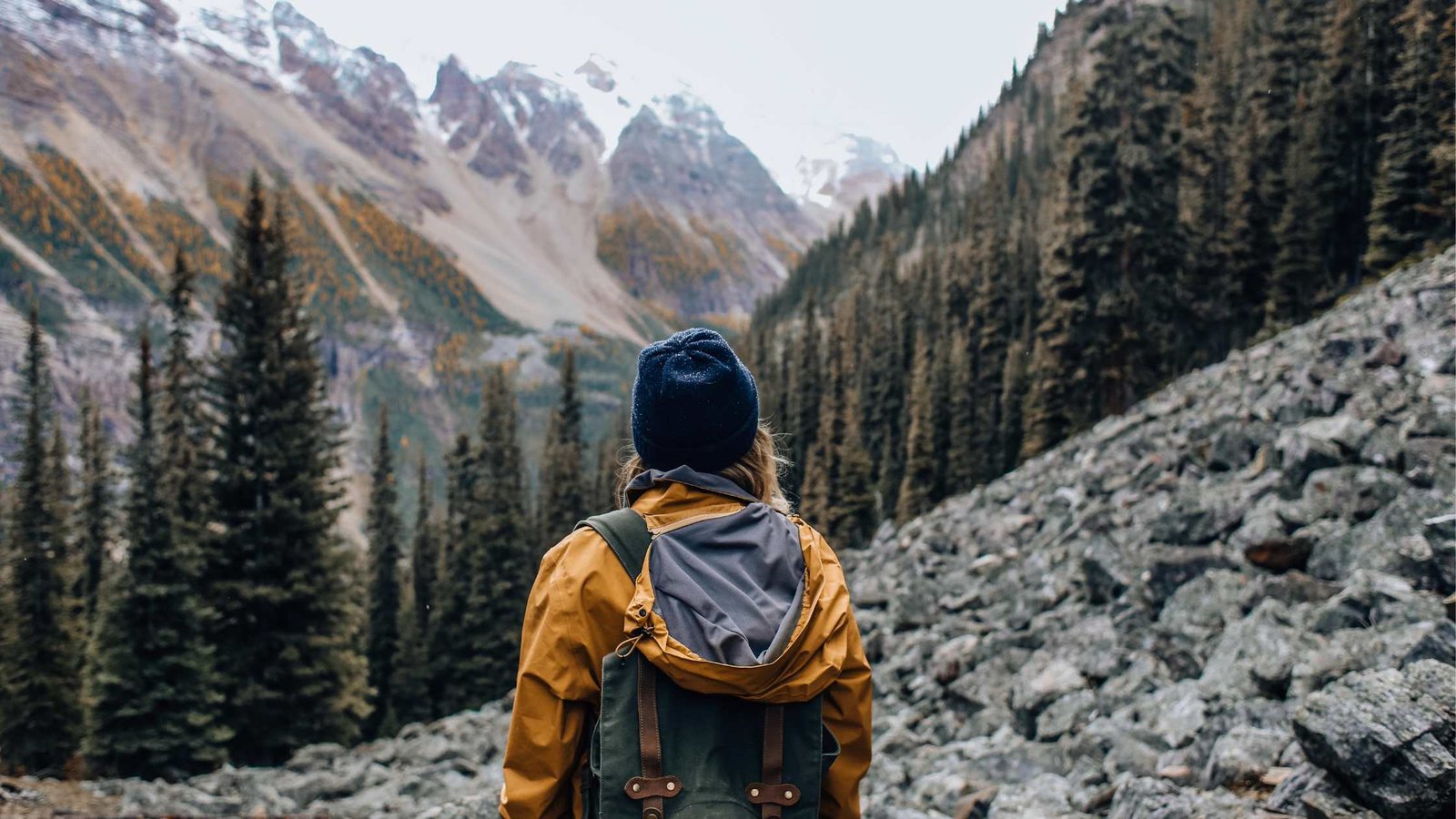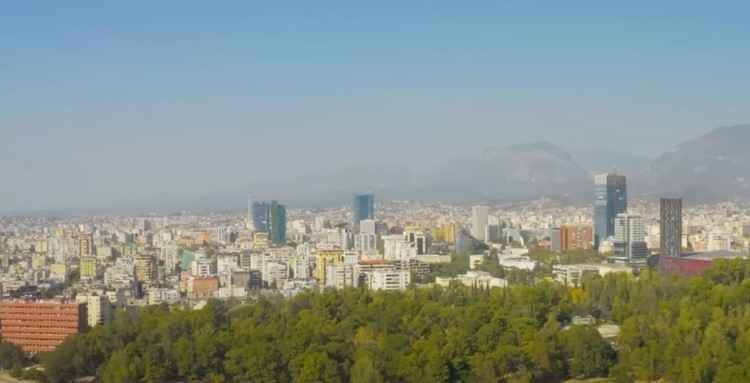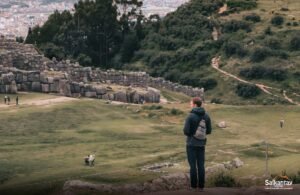The amount of money needed for travel varies greatly depending on your destination and travel style; a rough estimate for a basic trip could start from $50 to $200 per day. Planning a trip requires understanding both your financial limits and travel aspirations.
Starting on a journey stirs excitement about the adventures that await but begets the practical question of costs involved. Before you pack your bags, set a realistic budget to match your desired travel experience with your financial capabilities.
The expense of your trip encompasses multiple factors such as destination costs, accommodation, transport, food, and activities. In this article, we will discuss about “How Much Money Do You Really Need to Travel?”
Tailoring your itinerary to align with a well-crafted budget can ensure a fulfilling trip without financial strain. Whether you aim for a frugal backpacking adventure or a luxurious escapade, calculating a daily travel budget is essential.
Start by researching the average expenses in your intended destinations and include a buffer for unexpected costs to ensure a smooth, enjoyable journey. This sound financial planning can transform your travel dreams into achievable, memorable experiences.
Table of Contents
Toggle- Redefining Travel Budgets
- Setting Financial Goals For Your Trip
- Travel Styles And Budget Impact
- Saving Techniques For Aspiring Travelers
- Making Money While Traveling
- Destination’s Influence On Your Wallet
- Practical Tips For Daily Savings
- Frequently Asked Questions On How Much Money Do You Really Need To Travel
- Conclusion
Redefining Travel Budgets
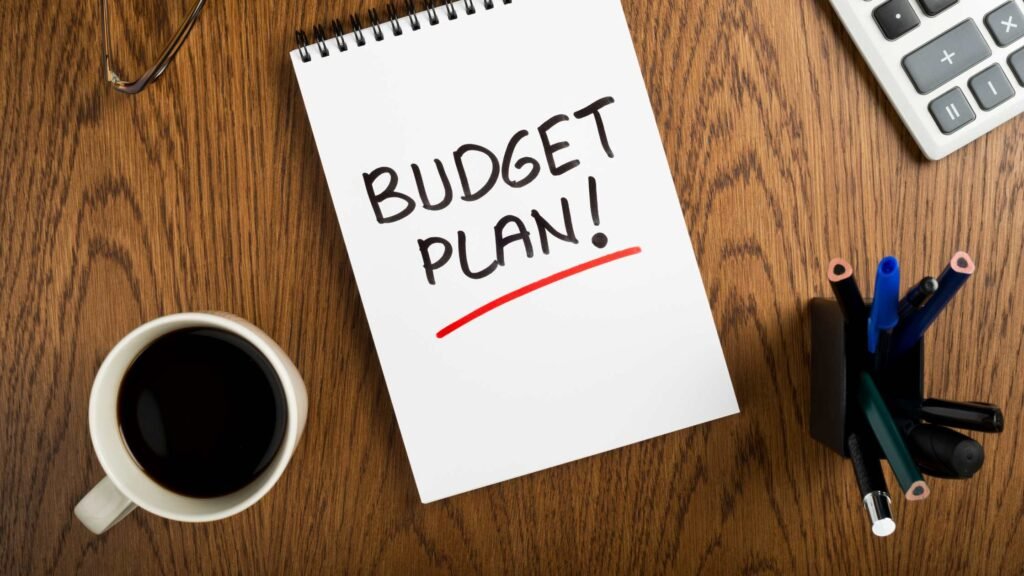
Thinking about heading off on an adventure? Travel budgets often decide the where, what, and how long. Yet, traditional budgeting may not match your wanderlust needs.
Forget fixed numbers. Focus on custom travel plans that fit personal preferences and finances.
Let’s dive into the real costs of traveling and how you can make the most of your budget by prioritizing experiences.
Real Costs Versus Perceived Costs
Many see travel as expensive. But is it always true? Let’s contrast the actual costs with what people think they need to spend.
| Type of Cost | Perceived Cost | Real Cost |
|---|---|---|
| Flights | Costly | Deals exist |
| Accommodation | High price | Varies greatly |
| Food | Expensive in tourist spots | Cheaper local options |
| Activities | Bank-breaking | Many free choices |
Contrasts are stark. Often, flights cost less with early booking or using points. Accommodation can range from luxury hotels to hostels or Airbnb. Eating where locals do saves money. Many activities come free, like hikes or city tours.
Prioritizing Experiences Over Luxury
Do you want a big hotel room or big adventures? A memorable trip might not require a five-star hotel.
- Stay in unique places like guesthouses or home-stays.
- Join local tours to understand the culture better.
- Eat street food for an authentic taste and lower costs.
Spending on what matters to you ensures priceless memories. You can cut costs without cutting corners on experiences.
Setting Financial Goals For Your Trip

Getting on a journey? Great! Yet, knowing how much money you need, that’s key. Setting financial goals ensures smooth travels. Let’s dive in and discover how to budget for your adventures.
Calculating Basic Travel Expenses
Start simple. List the big stuff first. Think flights, lodging, and transport. Use tables to compare and track:
| Expense Type | Estimated Cost |
|---|---|
| Flights | $… |
| Hotels | $… |
| Transportation | $… |
Include daily expenses like food and attractions. Plan for these:
- Meals
- Entry fees for sights
- Fun activities
Add them up to get your basic travel budget.
Accounting For Hidden Costs
Hidden costs can surprise you. Don’t overlook them. Prepare for:
- Travel Insurance
- Baggage fees
- Tips and gratuities
Think about these too:
- Roaming charges or local SIM cards
- Currency exchange rates
- Emergency funds
Slide these into your budget. Stay on the safe side; they add up quickly.
Travel Styles And Budget Impact
Thinking about hitting the road and exploring the world? Your travel budget can vary widely depending on your style. From backpacking on a minimal budget to seeking comfort without splurging, let’s break down how your travel choices impact your wallet.
Backpacking On A Shoestring
Travel light and cheap. That’s the backpacker’s motto. Here’s how you can see the world without spending much:
- Stay in hostels or use Couchsurfing to save on accommodation.
- Use public transport or hitchhike to get around.
- Prepare your meals; shop at local markets.
- Work or volunteer abroad for free stays and meals.
- Choose affordable destinations. Southeast Asia and Latin America are often cheaper than Europe, for instance.
Comfort Travel Without Breaking The Bank
Desire comfort but still want to keep an eye on expenses? Follow these tips:
- Book 3-star hotels in advance for deals.
- Opt for shorter flights and more overland travel.
- Eat at mid-range restaurants or street food stalls.
- Use ride-sharing services or rent a car for convenience.
- Enjoy free attractions and pay for a few must-see sights.
Saving Techniques For Aspiring Travelers
Let’s talk about how you can save money for travel. Turning your travel dreams into reality doesn’t have to strain your wallet. You can see the world with smart saving techniques. Ready to explore these strategies? We’ll dive into creating a travel fund and cutting unnecessary expenses, so every aspiring traveler can start their journey with confidence.
Creating A Travel Fund
Think of your travel fund as an exciting project. Begin with setting clear goals. Decide where you want to go and figure out how much you’ll need. A travel fund chart can keep you inspired and on track.
- Set up a separate savings account just for travel money. It keeps the fund separate and reduces the temptation to spend it.
- Automate your savings by setting up a regular transfer. Even small amounts add up over time.
- Sell items you don’t need for extra cash. Online marketplaces are great for this purpose.
- Monitor your progress regularly and watch your travel fund grow. This will motivate you to continue saving.
Working with visual aids, like a savings thermometer, can also help. Color it in as you save, and see your progress clearly!
Cutting Unnecessary Expenses
Saving for travel means looking closely at your current spending. Find expenses you can trim or eliminate entirely.
- Evaluate subscriptions and memberships. Cancel those you don’t use often.
- Limit eating out. Prepare meals at home and save dining out for special occasions.
- Cut down on luxury items like expensive clothes or gadgets. Remember, experiences over things!
- Use public transport or carpooling to save on transportation costs.
Create a monthly budget and stick to it. Identify “luxuries” vs “necessities”, and be diligent about your spending choices.
A table of possible savings might look something like this:
| Expense Area | Monthly Cost | Potential Savings |
|---|---|---|
| Cable Subscription | $60 | $720/year |
| Gym Membership | $40 | $480/year |
| Eating Out | $200 | $2400/year |
| Coffee To-Go | $80 | $960/year |
Small changes can free up a lot of money over time. Use that money to fill your travel fund instead.
Making Money While Traveling
Travel need not drain your wallet, especially when you can earn on the move. Creative travelers find ways to fund their adventures. Explore two popular options for making money while exploring new horizons.
Freelancing On The Go
Freelancing offers flexibility to work from anywhere. Below are top freelance jobs you can do:
- Writing & Content Creation: Craft articles, blogs, or social media content
- Graphic Design: Design logos, websites, or marketing materials
- Virtual Assistance: Handle emails, scheduling, or bookkeeping
- Programming: Develop apps, websites, or software solutions
Platforms like Upwork, Fiverr, and Freelancer ease the search for gigs. Ensure strong internet for timely delivery and happy clients.
Seasonal Work Abroad Opportunities
Seasonal jobs blend work with cultural immersion. A table of options:
| Type of Work | Location | Duration |
|---|---|---|
| Teaching English | Asia, South America | 6-12 months |
| Farm Work | Europe, Australia | 3-6 months |
| Tour Guide | Global | Varies |
| Ski Resort Staff | Alpine regions | Winter Season |
Prepare by researching visa requirements and season dates. Save and earn simultaneously while meeting new people and enjoying new places.
Destination’s Influence On Your Wallet
Travel dreams fuel our passions, but budget constraints often bring us back to reality. The place you choose significantly impacts the cash you’ll need. Let’s dive into how the cost of living and seasonal timing in your dream locales can affect your travel fund’s stretch.
Cost Of Living Variations
The daily costs in a destination dictate your spending. Bali and Paris sit on opposite ends of the expense spectrum. To understand, consider these factors:
- Accommodation Prices: A hostel in Vietnam vs. a luxury hotel in New York.
- Food Costs: Street food in Thailand vs. fine dining in Italy.
- Transportation: Public buses in Peru vs. private taxis in Dubai.
- Activities: Free walking tours vs. ticketed attractions.
Create a daily budget influenced by these aspects. Use cost-of-living comparison tools online to get a clearer picture.
Off-season Vs. Peak Season Travel
Timing can create a big cost gap. Peak seasons spike with tourists, and so do prices. Conversely, the off-season can mean more savings. Here’s a snapshot:
| Season | Cost Implications |
|---|---|
| Peak |
|
| Off-Season |
|
Plan strategically. Target off-peak times to stretch your budget. Check weather patterns and local events that might influence your choice.
Practical Tips For Daily Savings
Practical Tips for Daily Savings can stretch your travel budget further than you might think. You don’t need a fortune to explore the world. Smart spending keeps more money in your pocket. Each day, you can save a little. Those savings add up to extra adventures. Let’s dive into how you can do just that.
Discounts And Deal Hunting
Never underestimate the power of a good deal. Before you spend, search for discounts. Online platforms like Groupon and Hotwire offer incredible travel deals. Membership cards like AAA can snag you lower rates on hotels and attractions. Here’s a quick savings checklist:
- Early Bird Specials: Book in advance.
- Last-Minute Offers: Sometimes, late bookings come cheap.
- Price Comparison Tools: Use sites like Skyscanner to compare costs.
- Loyalty Programs: Earn points with airlines and hotels.
Remember, always ask for a discount. It may just be a question away.
Diy Tours Vs. Guided Tours
Exploring on your own often costs less than guided tours. DIY tours mean flexibility and savings. Use free apps like Google Maps for navigation. Free walking tour maps are available in most cities. Still, sometimes a guided tour offers value unmatched by solo trips. Consider the following:
| DIY Tour | Guided Tour |
|---|---|
| Customize your itinerary. | Access expert knowledge. |
| Move at your own pace. | Hassle-free visits to landmarks. |
| Save on guide fees. | Often includes transport and entry fees. |
Tip: Weigh pros and cons. Decide based on your travel style and destination.
Frequently Asked Questions On How Much Money Do You Really Need To Travel
How Much Money Do You Realistically Need To Travel?
The amount needed for travel varies greatly, often starting at $50-100 per day. This depends on destination, accommodation choices, and travel style. Budgeting for unexpected expenses is also wise.
Is $20000 Enough To Travel The World?
Traveling the world with $20,000 is feasible with careful budgeting, prioritizing affordable destinations, and opting for economy travel and lodging options.
What Is A Good Amount Of Money To Go Travelling With?
The ideal travel budget varies per destination but generally ranges from $50 to $150 a day, accounting for accommodations, meals, and activities. Adjust for personal comfort level and travel style.
What Is A Reasonable Travel Budget?
A reasonable travel budget varies per person, but typically ranges from $50 to $150 daily. Essential factors include destination cost, travel style, and personal preferences. Accommodation, food, transportation, and activities should all be considered in your financial planning.
Conclusion
Planning a trip doesn’t have to break the bank. Smart budgeting and savvy travel hacks mean you can explore the globe without financial worries. Remember: It’s the experience, not the expense, that counts. From the travel adventure, and say yes to new journeys with a budget that works for you. We can learn from this article about “How Much Money Do You Really Need to Travel ?”
Safe travels!

